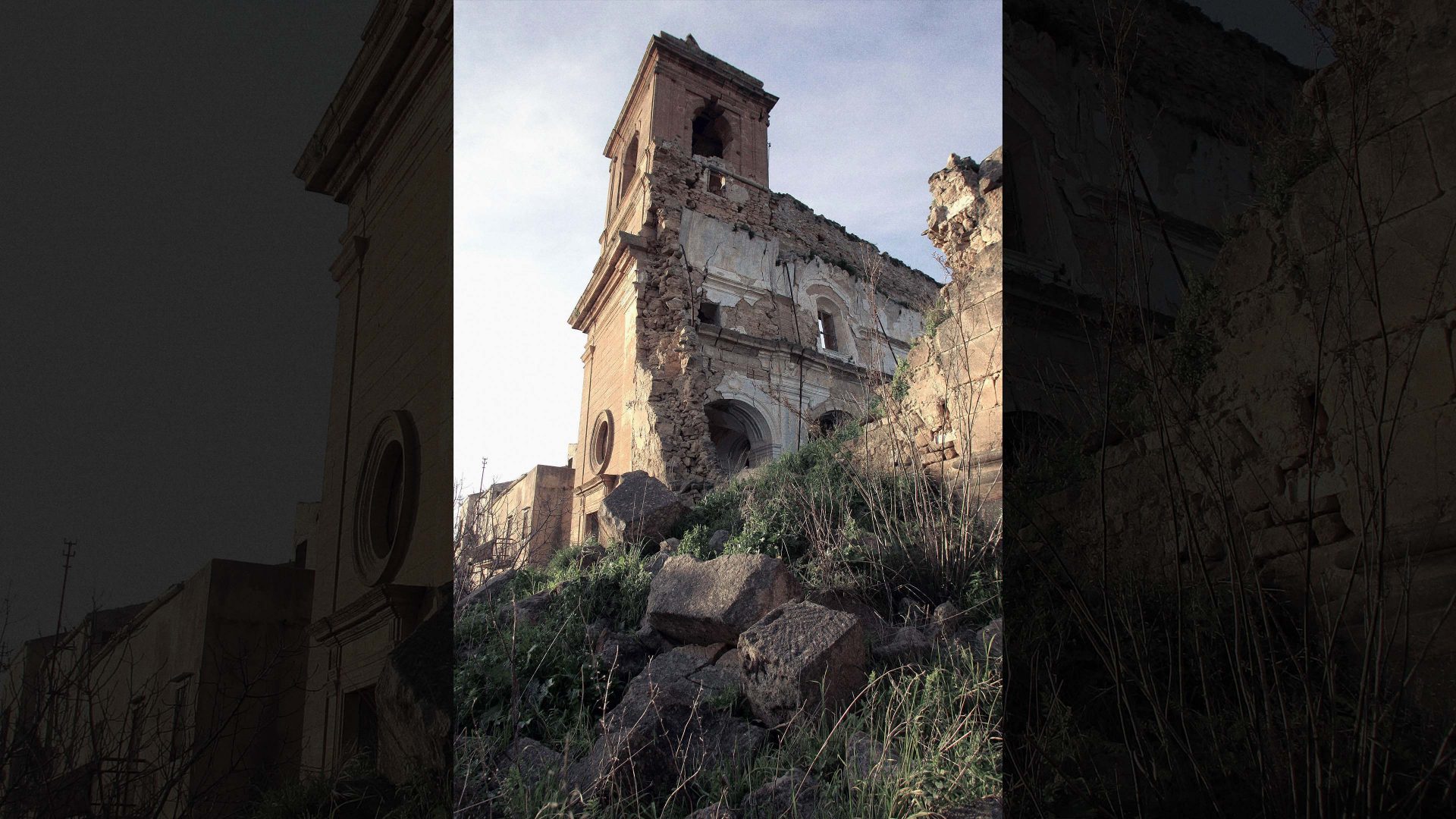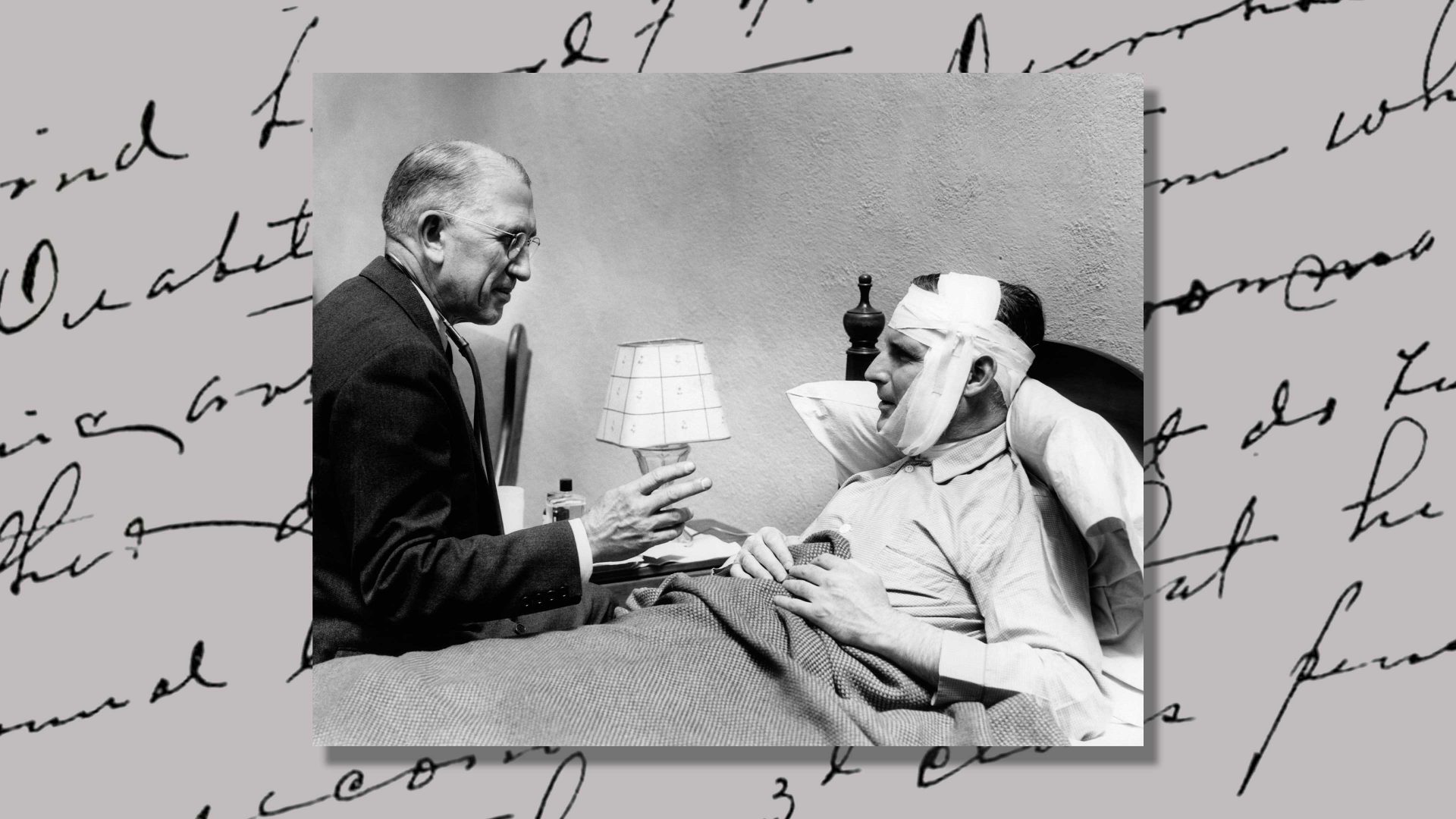I recently experienced what it’s like living in one of Italy’s many ghost villages. The silence, the pristine scenery, the slower-paced lifestyle are addictive. Of course there are cons. Electricity is down to a minimum at night, as is running water. And there’s no social buzz.
People continue to abandon these villages and it’s a real pity because these remote rural places packed with history could be given a second life.
I visited a friend of mine, Maurizio, who lives in the ghost hamlet of Cencelli in deepest Umbria, surrounded by grazing land, porcini mushroom woods and ancient Roman ruins. Funnily enough, the village is named after his family, and he’s the last remaining die-hard member of it who won’t abandon his birthplace. His sole companions are sheepdogs and cats. Maurizio is a painter and a high school teacher, but also a shepherd, and he runs the only tavern, open just at weekends for day-trippers from Rome.
“I’m alone and old, and it’s tough. There used to be a beautiful medieval castle here – now a heap of stones and debris – and nobody seems to care. If only I could find some philanthropist willing to help me preserve this village,” he says.
At weekends he picks olives and goes on truffle hunts with his dog, but his main activity is healing people: Maurizio is a healer, a shaman who has the power to cure aching bones. I wonder sometimes if such ability, for those who believe in it, is a gift of his isolation and secluded existence. I seriously doubt that healers pop out of chaotic cities like Rome and Milan, unless they’re conmen.
Maybe Maurizio’s thaumaturgical skills are directly linked to the ghost village he lives in, light years away from today’s stressful modern life and the rat race.
Italy has roughly 20,000 ghost villages that have been abandoned following mass emigration and natural calamities, mainly earthquakes and floods. We call them the “sleeping beauties” waiting for a “prince” (with some cash) to wake them up from their eternal slumber.
These are secret places unknown to the world, far from touristy spots and off the beaten track.
I’m a fan of ghost villages. Even though they give me the creeps, I’m drawn to them. They can be dangerous places. When I first walked inside the ghost town of Poggioreale in Sicily, forsaken decades ago, a huge sign at the entrance read: “It is forbidden to enter, if you do, it is at your own peril and you will be fined.” It sounded like the first verses of Dante’s Inferno.
My guide was a sturdy local policeman who wanted to play the hero. He entered a crumbling palazzo still stacked with empty furniture, dusty bookshelves and pots. When he came out, a stone fell from the upper balcony and almost hit his head. As I walked carefully along the deserted alleys, I kept thinking of so many ways the state could invest to recover places like Poggioreale and exploit them: hotels for migrants, social venues for elderly people, apartments for homeless people. So far, it has been used just as the set of an Italian movie and for training search dogs in quake relief drills. There is even a theatre and school that could be brought back to life. The most frightening thing I saw was an old ambulance, crushed to the ground as it drove out of a garage to rescue people from the quake that destroyed Poggioreale in 1968. I almost cried.
I think it’s part of Italians’ duty to cherish the memory of these ghost places by somehow reinventing them for modern use. Migrants land on southern Italian shores on a daily basis and are sent to crowded camps. The authorities don’t known what to do with them. Instead, why not relocate them to live in the ghost villages, putting them to work to make these places habitable again?
In winter each weekend I visit a “new” ghost village near my house, in Latium. I can’t believe how many there are, and just a few kilometers away from the Eternal City. Most are inaccessible, covered in lush vegetation and moss, while others have just one or two old people still living there.
Once I walked for miles in a forest searching for the old castle, but couldn’t find it; then a jogger told me I was standing on top of it. In time it had collapsed and sunk underground, and is now covered in bushes. I could just about make out a few blocks of stone under my feet.
In another ghost hamlet in Tuscany I was struck by a window. The neatly embroidered white cotton curtains were still hanging behind the shattered glass, torn and waving in the wind. I wondered what could have pushed its occupants to abandon their house in such a rush, leaving behind these elaborate curtains.
My heart sank. Politicians should spend a few days in these places.




